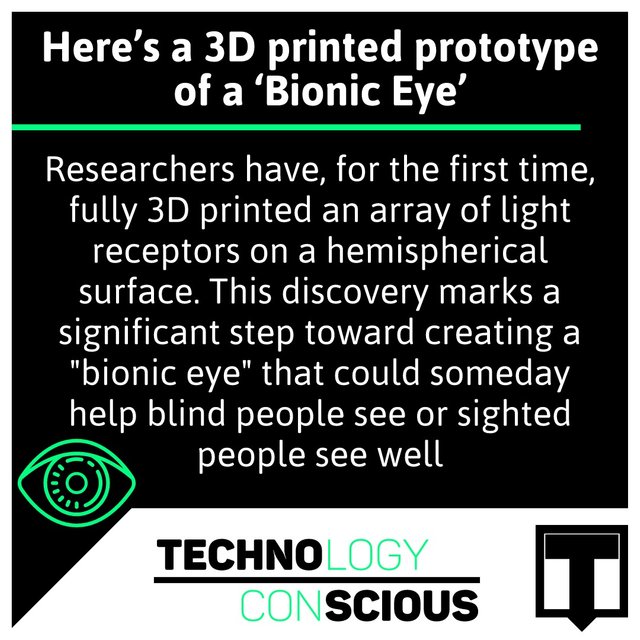
A team of researchers at the University of Minnesota started with a hemispherical glass dome to show how they could overcome the challenge of printing electronics on a curved surface. Using their custom-built 3D printer, they started with a base ink of silver particles. The dispensed ink stayed in place and dried uniformly instead of running down the curved surface. The researchers then used semiconducting polymer materials to print photodiodes, which convert light into electricity. The entire process takes about an hour.
@jayatheertha, I gave you a vote!
If you follow me, I will also follow you in return!
Downvoting a post can decrease pending rewards and make it less visible. Common reasons:
Submit